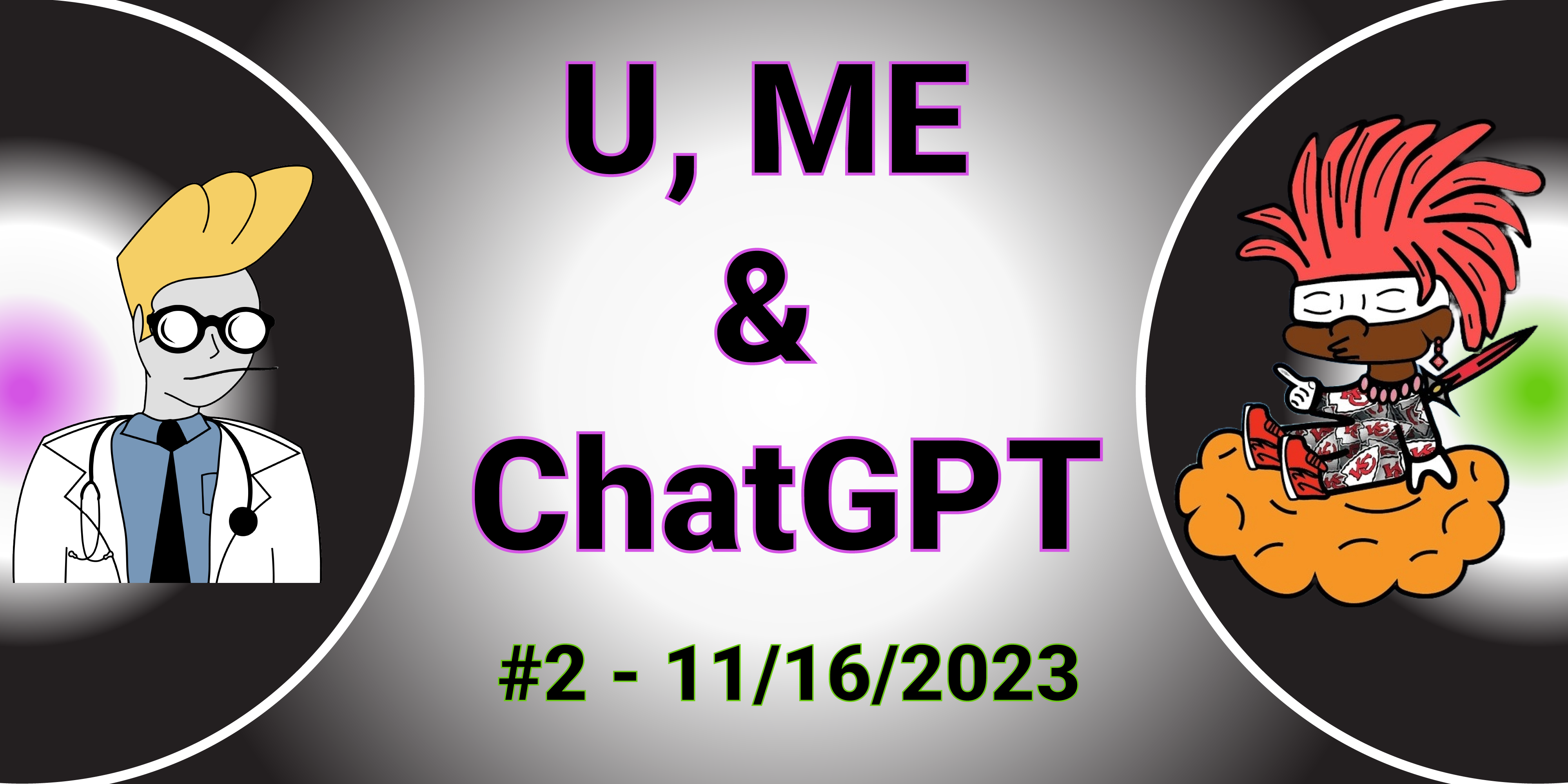Culture H0R after dark? Pass the copium pipe. I have a feeling I’mma need it tonight
Chad & El Prof
Markets
(Price changes reflect past 7 days as of 5.3.22 @ 4:20 PM EST.)
- The SEC has just about doubled the size of its Crypto Assets and Cyber Unit (not a euphemism) in advance of ever-looming governmental DeFi regulations. But, shockingly, our overwhelming trust in the U.S. government did not keep the markets from taking another dive.
BA-VC

I’m not one to pass up a chance to dunk on BAYC. And, usually, they’ve lowered the basket enough for me to stand on my tippy toes and reach it. But for some reason, last weekend, those tacky, oligopolistic, quite possibly fascist bastards decided to alley-oop it to me themselves. It’s a bold strategy, guys, but I appreciate the assist.
On April 30, Yuga Labs — the company behind the Bored Ape Yacht Club and the brewing a16z web3 monopoly — dropped their latest NFT collection. It consisted of 55,000 ‘Otherdeeds’, aka parcels of land in a sandbox metaverse (read: rebranded MMORPG) they’re supposedly building called Otherside. Despite a 305 ApeCoin floor — almost $6,000 at the time of launch — the sale set a single day trading record on OpenSea, who totally coincidentally decided to accept Yuga’s native token hours in advance of the launch.
It also put the entire Ethereum blockchain in a cobra clutch, driving gas fees up as high as 5 ETH for a transaction, or over twice the cost of the actual NFTs. For reference, $320M was generated by the sale. $123M went to gas fees alone. Worse, because the highly-hyped release operated much the same as a Yeezy or Supreme drop, with whitelisted wallets essentially competing to check out the fastest, a significant portion of those fees were paid by buyers who didn’t even wind up with an NFT to their name. And those who did soon discovered all an Otherdeed actually is: yet another cripplingly expensive passcode to ‘participate in prototype builds, demos, and tests’ of a game with no user demand or clear reason for existing.
The extortionate gas fees, turns out, were totally avoidable — most smart contracts optimize for them. Yuga’s contract, on the Otherhand, appears almost purposefully inefficient. Which it may well have been, as the Ethereum crash was soon used by Yuga Labs to justify leaving the blockchain. (ApeCoin is an Ethereum sidechain, and all previous BAYC properties had been minted in ETH.) This move was described in a viral thread as ‘dark manipulation techniques’, and supposedly made the OP, Mark Beylin, ‘physically sick’ — although he’s an Ethereum developer, so take it with a copium hit. The point is, even among degens, the tide toward the bluest NFT chip out there is shifting. Didn’t see that one coming.
Nevertheless, the little inspirational quote attached to my DeTox tea bag is reminding me the essence of life is to communicate love. So, instead of ending on yet another eviscerating beatdown of my favorite horse corpse, I’ll go ahead and shine the spotlight on a take from friend of the newsletter @NFT_nom. Totally coincidentally, it just so happens to be another BAYC beatdown.
Nom pointed out to us that the Yuga Labs drop shafted buyers in more than just the smart contract. A closer reading of the Otherdeeds licenses reveals the IP rights of the NFTs don’t even go to the buyer — one of the only tangible perks of owning a Bored Ape, even if all to come of it so far is a yet-to-materialize Gorillaz knockoff and an ill-advised fast food franchise. The license is also wrought with under-edited risk aversion clauses (including one laughably outlawing a secondary market for the NFTs) and all around smacks of VC influence. Which is exactly the problem.
A handful of venture capitalists hold dominant shares in not only Yuga Labs, but the company developing Otherside, and OpenSea, as well. Despite the degen ideals lip serviced by Marc Andreessen, Guy Oseary, and friends, a VC-funded web3 will never materialize. The incentives don’t align. Blockchain technology cannot support mass adoption. Scalable Layer 1 solutions with production quality experiences built for the masses simply have yet to exist, and building them requires a high level of innovation and a lot of time. Meanwhile, the mindset in VC for the last 10 years has been to sell exciting ideas in slick packaging before you even know how to execute on them. This tends to mean releasing underdeveloped products capitalizing on current trends and designed to maximize return on investment. With the amount of money they have to throw around, any project the major firms invest in will dominate the discourse. And yet, said projects will almost certainly be centralized, half-baked, and all around a finger in the face of the web3-friendly consumers whose demand for decentralized innovation ironically drove VCs into the space in the first place.
In other words, late stage capitalism bad, Nazi con artists badder. What to do with this groundbreaking information? Nothing, really, aside from assuming the next Yuga Labs drop will be even more complex and inefficient, to distract from the fact that the $4B company has yet to deliver a product with any functional utility.

In the meantime, however, we’ll join @punk6529 in drawing a distinction between web3 and web2.5. (A term I’m pretty sure our own El Prof coined.) A genuinely decentralized web3 may be as far off as the flat Earth’s edge. But the centralized crypto solutions we’re already starting to see will, for better or worse, define the journey there. Whether we’re lemming marching to the promised land or world’s end remains to be seen. But, until then, boo ya H0Rs — welcome to the News2.5.
What, you don't like bears?

Thanks to our glowing coverage twice a week, I assume all of y’all are clamoring to get into collecting NFTs. But I’m sorry to report that, unless you have at least $1,000 fiat to invest in what is statistically more likely to be a rugpull or a flop than an asset, you better put those dreams on ice for the time being. Or, perhaps, look beyond the Ethereum ecosystem for an opportunity.
Even devout degens are now calling Ethereum-based NFT communities a ‘rich kid club’. And, looking at the cost breakdown recently, it indeed seems hardly the type of exponential investment opportunity for the cutting edge poors that it was trumpeted as back when ETH was cheap, gas was marginal, and hype was far from it. But the changing dynamic is the source of all FOMO. Even underhyped new collections — the riskiest NFT investment opportunity, which is saying something — now have floor minting prices in the .1 ETH range, which is around $275, not including, you know, the 5 ETH gas fees. Start considering artistic or investment quality, and you’ll have to break out the cool $10K I’m sure each of you has stashed in that old Skechers box.
What I mean to say is, the NFT boom on Ethereum has passed. So, in the immortal words of Axl Rose, where do we go now? Some buyers are gambling on Polygon-based projects, despite being an ETH sidechain solution, which is a little like being Eric Trump — all of daddy’s hereditary baggage, none of the clout. Luckily, the multi-chain future gets closer to being the present every day, and, as of a week ago, we were suitably validated in our choice to look outside the first family.
Last Tuesday, Okay Bears, a Solana-based NFT collection, had a record day, topping all other Ethereum based projects on the platform with $18M in trading volume. We’ve been championing Solana as an efficient, eco-friendly alternative to Ethereum for a while now, but NFTs had yet to catch on. The success of Okay Bears probably had to do with being listed on OpenSea — the hegemon platform recently allowed a handful of Solana projects to list on its platform. It certainly had nothing to do with the art itself, which was clearly elevator pitched as, ‘What if Bored Ape, but bears?’
But maybe, just maybe, more people are realizing what we’ve known all along. The Solana ecosystem will be the one to scale a L1 blockchain with true utility and adoption. I mean, just look at the Turing Complete programming language that it is built with and novel data reconciliation process that, despite its current bandwidth limitations due to the lack of nodes securing it relative to its transaction volume, is a bullish indication of what’s to come. If that toilet bowl of buzzword vomit doesn’t convince you, idk what will.
Okay Bears now commands a floor of 85 SOLs, and $7k is a bit steep for n00bs, too. Fortunately, there is one Solana collection you can truly get alpha on, since it has yet to move a single unit. I’m talking, of course, about the one NFT collection I’ll never miss an opportunity to plug: our own.
You can still scoop SZN 1 sn0bs for only a SOL apiece. Due to a deafening lack of demand, our verification is still pending. But we promise it’s totally legit. Trust us. When has buying a random Internet anon’s NFT ever turned out to be a bad idea?
SLOPPY SECONDS
- Coinbase’s new NFT marketplace flopped, seeing only 900 transactions on its beta’s opening weekend, and cementing a truly rough week for a16z investment properties
- The Central African Republic became the second sovereign state to adopt Bitcoin as legal tender, because we all know how well that went for the first one



